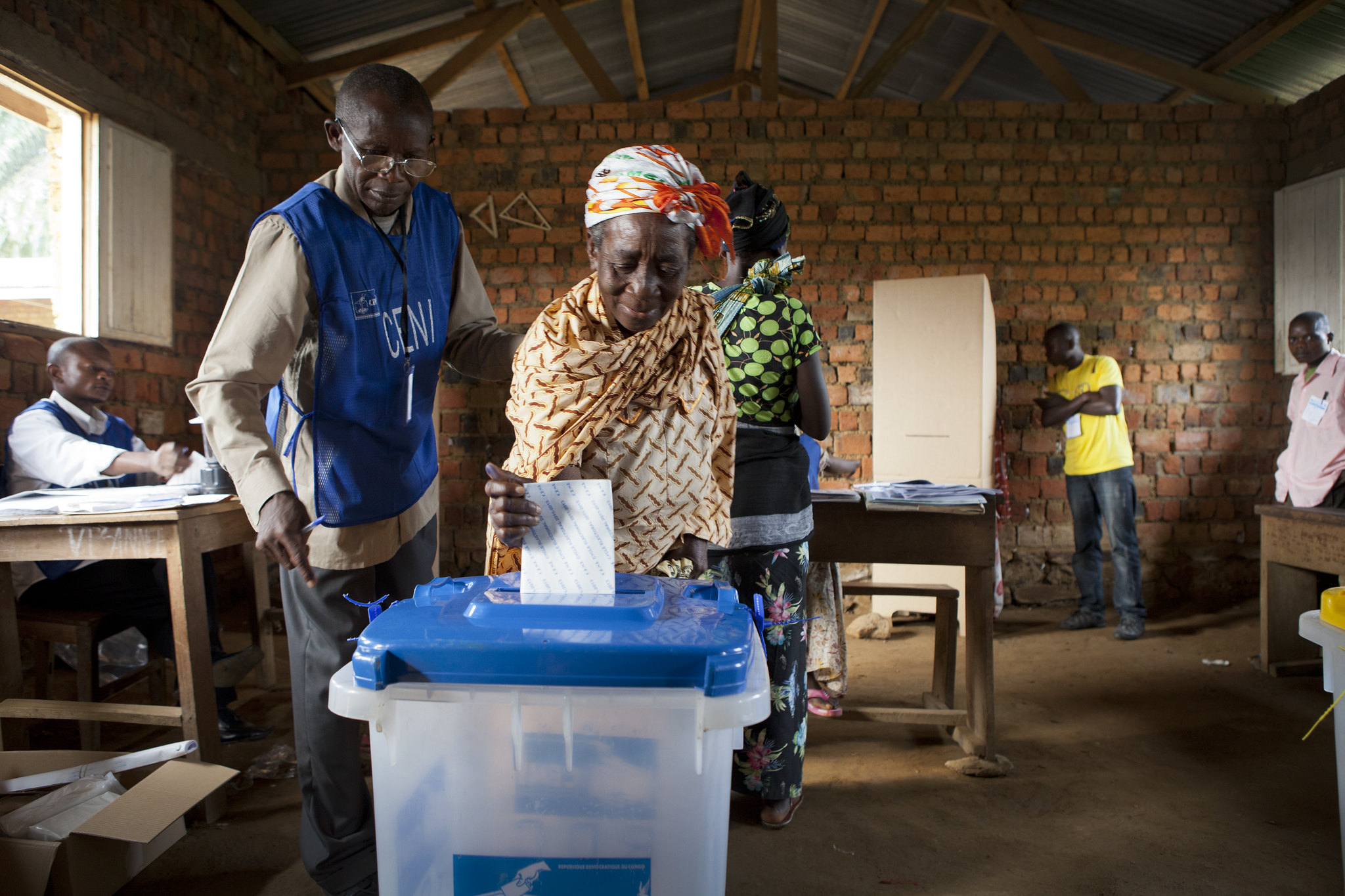
Elections in the DRC: A Glass Half Full or Half Empty?

Organizing elections in Africa’s second largest country, with poor transport infrastructure, is a significant challenge, and given the current situation, it is likely the results will be disputed.
The current electoral process in the DRC opposes an incumbent president after a contested first mandate against a divided opposition, which nevertheless represents years of struggle for political freedom sometimes absorbed by “big-man” politics. Its outcome will probably be decisive for the future of elections as a legitimate tool for the population to choose its rulers.
The current electoral system was introduced by the 2006 constitution, and modified in 2011. The President is elected by direct universal suffrage in a relative majority system, renewable once. The members of the National Assembly are also elected by universal direct suffrage according to a proportional representation voting system. Members of the provincial assemblies follow the same system, but a maximum of ten percent is co-opted. The constituency of the national and provincial deputies is the administrative territory. The provincial assemblies elect the Senators.
The rest of this article can be found on the ISPI website, the Italian Institute for International Political Studies.
(Photo credit: MONUSCO, Sylvain Liechti)